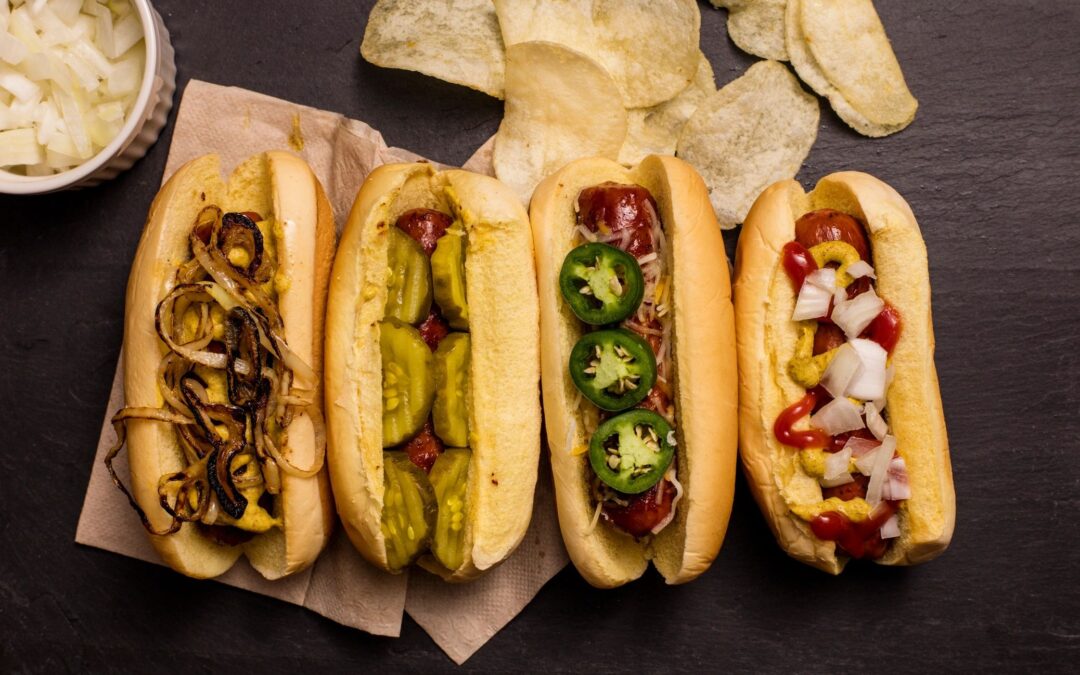By Kerry Barrett and John Evans –
Last October, the Federal Circuit reversed the PTAB’s decision that a challenged design patent was not obvious. Campbell Soup Co. v. Gamon Plus, Inc., 939 F.3d 1335 (Fed. Cir. 2019). We wrote about how the court applied a more flexible design patent obviousness analysis than the PTAB. Here, we report on another interesting decision that seems to take another step towards flexibility in the design patent obviousness analysis and borrowing principles from utility patents never before applied to design patents.
In Johnsonville Sausage LLC v. Klement Sausage Co. Inc., the district court granted a rare summary judgment of design patent obviousness and, in doing so, invoked an apparently novel “common sense” theory, a utility patent doctrine. 2020 WL 1492983 (E.D. Wis. Mar. 27, 2020). The case involves alleged infringement of a patented “ornamental design for a sausage tray,” U.S. Patent No. D633,754 (“’754 patent”).
Design patent obviousness differs from utility patent doctrine. Generally, design patent obviousness entails two levels. First, a challenger must find a single, primary reference having design characteristics “basically the same” as the claimed design. Apple Inc. v. Samsung Electronics Co., 678 F.3d 1314, 1329-30 (Fed. Cir. 2012). Then, secondary references can be used to modify the primary reference to create a design that looks the same as the claimed design. Id. But, such secondary references can only be used this way if they are so related to the primary reference that the appearance of design features in one would suggest using them in the other. Id.
The court chose U.S. Patent No. 3,761,011 (“’011 patent”) as its primary reference. The claimed design is shown below next to the ’011 patent:
 |
 |
| ’754 patent, Fig. 12 | Primary reference
(’011 patent) |
The court found that the end walls in the ’011 patent tray have consistent height and are angled gently outward from the floor of the tray, like the end walls of the claimed design. Moreover, the court emphasized that the ratio of the depth, width, and spacing of the end walls in the ’011 patent looked the same as those for the end walls in the claimed design. However, the court acknowledged that the end walls in the ’011 patent and those in the claimed design differ, insofar as the ’011 patent features flat end walls whereas the claimed end walls curved surfaces. Nonetheless, the court found that the overall visual consistency of the ’011 patent created “basically the same” appearance as the claimed design.
To bridge the gap between the primary reference and the claimed design, the court relied on U.S. Design Patent No. D198,544 (“’544 patent”) as a secondary reference. The three designs are shown below:
 |
 |
 |
| ’754 patent, Fig. 12 | Primary reference
(’011 patent) |
Secondary reference (’544 patent) |
The court found the banana tray in the ’544 patent was sufficiently related to the ’011 patent, as they were both smooth, flat-bottomed foam food trays. This commonality, according to the court, suggested applying the banana tray’s curved end walls to the flat end walls in the ’011 patent. And even though combining the two doesn’t exactly result in the claimed design because of the ’544 Patent’s short side walls, the court turned to “common sense” to decide that “in light of the end walls of ’544 Patent, … and the ’011 patent, the end walls claimed in [the] ’7[5]4 Patent are obvious and the patent is therefore invalid.”
Interestingly, the court cited a utility patent case, Perfect Web Technologies, Inc. v. InfoUSA, Inc., 587 F.3d 1324, 1328 (2009), to support its point that “[c]ommon sense may inform a court’s analysis of obviousness if explained with sufficient reasoning.” Accordingly, this decision could potentially mark a shift in traditional design patent doctrine. Utility patent concepts, such as claim construction, do not always translate clearly to design patents. In fact, the Federal Circuit has apparently never invoked the “common sense” principles articulated in Perfect Web and KSR Int’l Co. v. Teleflex, Inc., 550 U.S. 398, 421 (2007) in the context of design patent obviousness. It will be interesting to see if this issue reaches the Federal Circuit on appeal, and whether or how the Federal Circuit addresses it.
Latest posts by John Evans, Ph.D. (see all)
- PTAB Issues First Post-LKQ Design Patent Decision - September 27, 2024
- Petitioners Beware: Screenshots Showing Product May Not Qualify as Printed Publication - September 18, 2024
- En Banc Federal Circuit Overrules Rosen-Durling Test for Design Patent Obviousness - May 23, 2024

